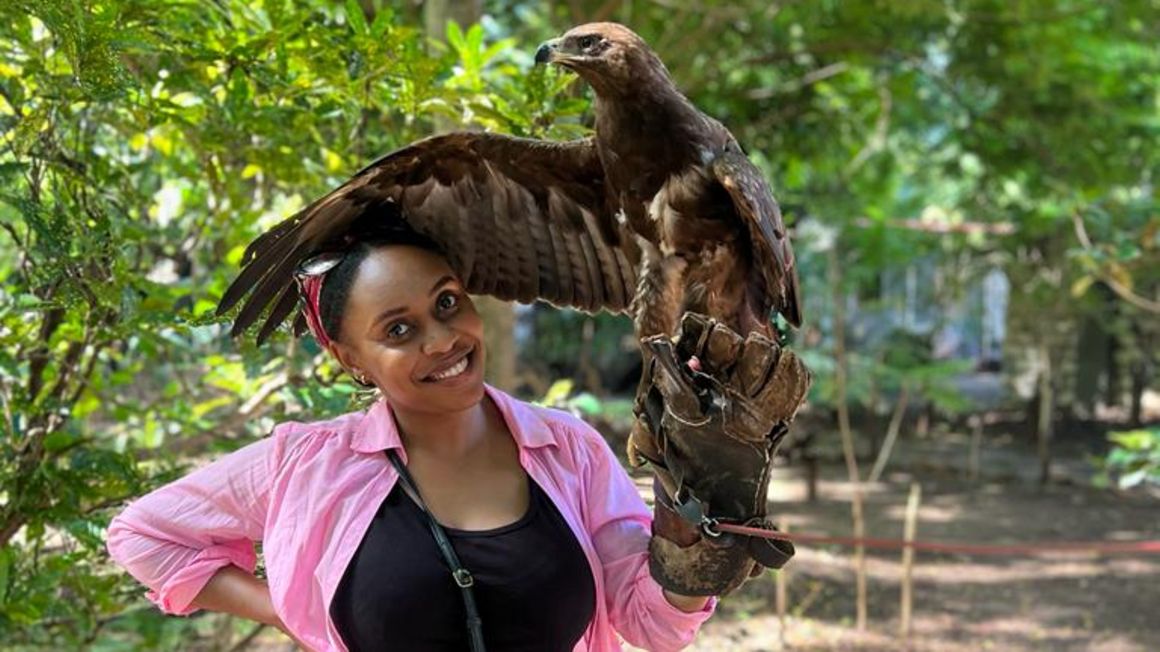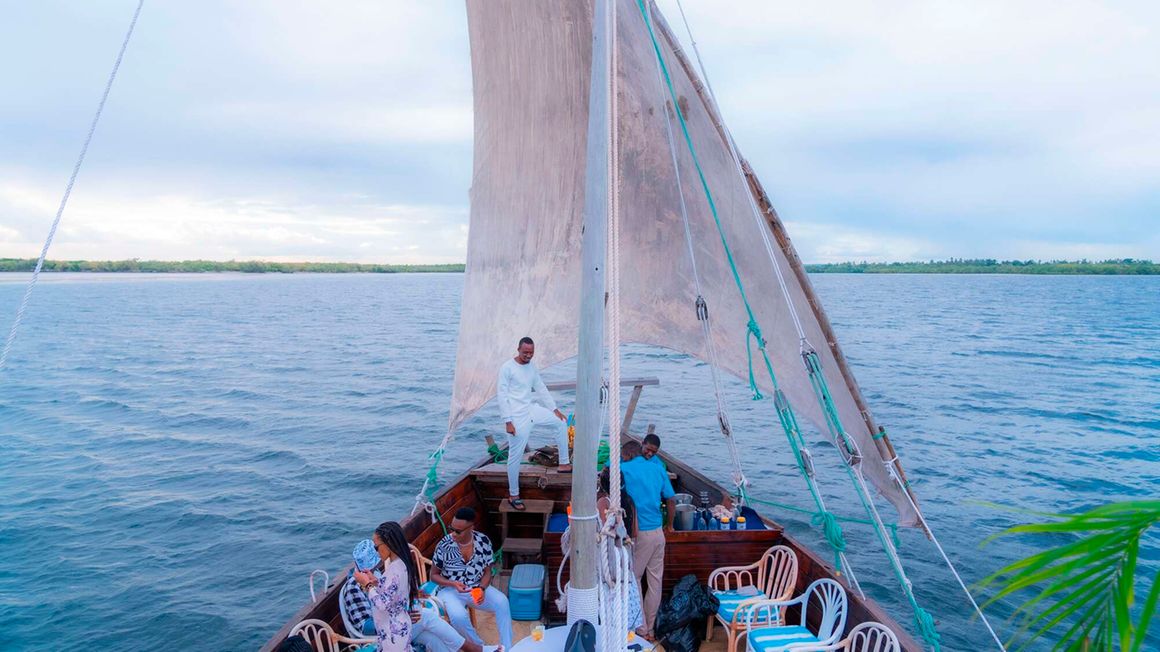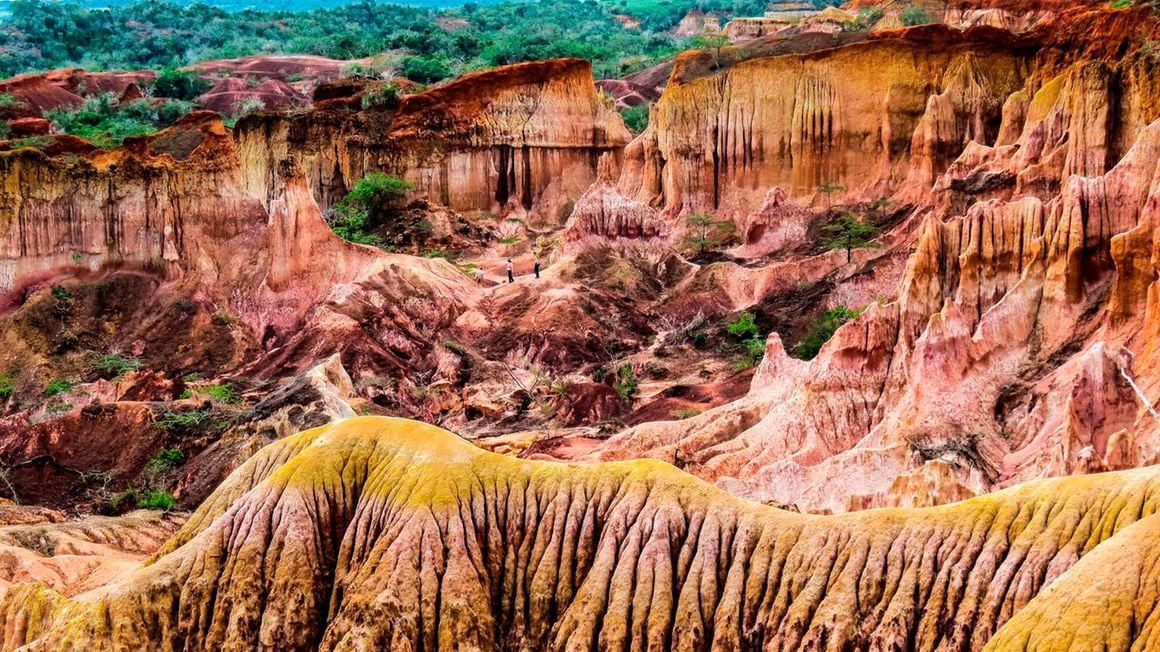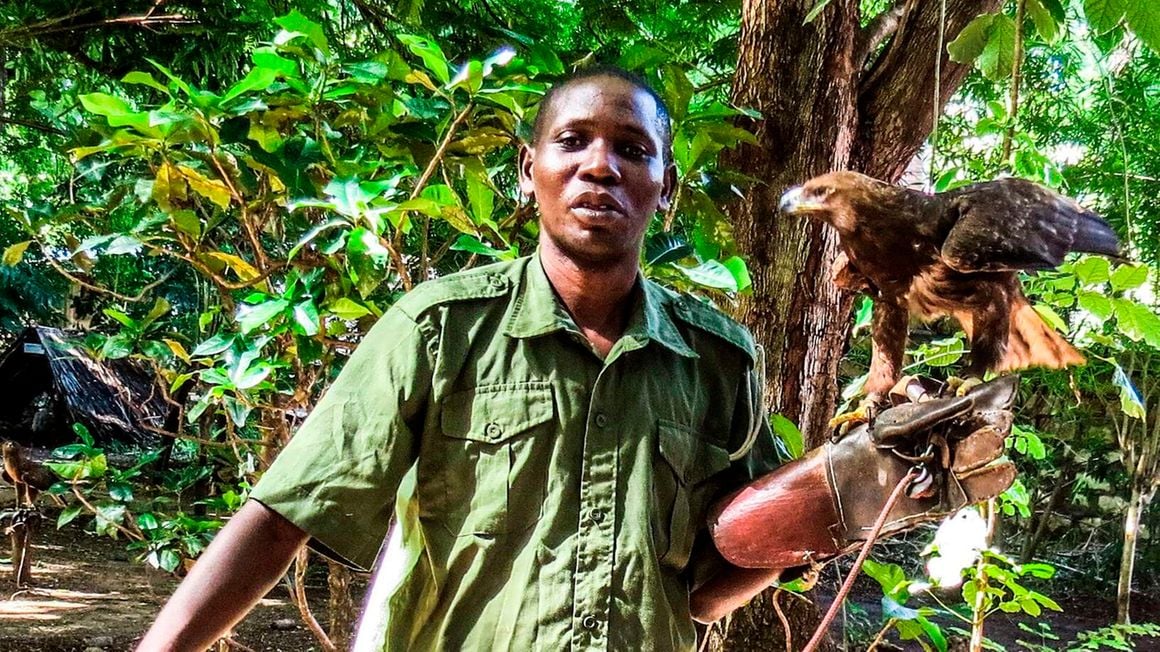There are two types of travellers. One who checks into Hemingways Watamu, and only leaves when checking out. From the apartment balcony, this traveller will spend days watching the ocean waves crashing and exploding high into the air. Very therapeutic.
He or she will grab a drink at the bar, just at the nose of the ocean. One might sit at the same spot that a very wealthy Kenyan has sat on because this is a favourite resort for the rich.
Then there is the adventurer. Checks in and asks Erastus Kalandi, activities manager at Hemingways Watamu, “What activity will wow me the most?”
On Erastus’ long list of excursions is chasing sunrises and sunsets, breakfast on a traditional Swahili dhow, watching birds along the Mida Creek, lunch on a sandbank, a nature walk inside Arabuko Sokoke forest, a trek in Marafa Hell’s Kitchen, climbing the Mambrui sand dunes, or dolphin watching.
The list is endless. If you are on a three-day vacation, this is how to enjoy Watamu’s cultural attractions and picturesque sites.
Day one
9am: We arrive at Malindi International Airport. The 25-minute drive to the hotel unearths basic living yet peaceful. There are huge tracts of undeveloped land, and young men idling near tattered mud-thatched homes. We reach Hemingways Watamu and the scenery changes. The view is breathtaking. We eat breakfast by the sea.
12.30pm: We drive out to Vasco Da Gama Pillar, one of Malindi’s landmarks and listen to tales of the explorer who erected the pillar in 1512 and died of scurvy in 1524.
Then we head to the Malindi falconry. Passing through Gede town, many hotels have closed down. Our guide names seven hotels that closed as the Italians sold up, leaving with the fun and vibrancy of the town that was once a ‘Little Italy’.

The tourist resort that was brimming with Italian pizzerias and gelato shops is no longer the same. But it feels uncorrupted. If you are retired and wealthy, this is a slice of serenity.
At the falconry, we meet Samson Tuvo, the guide, feeding a 129-year-old tortoise, which weighs 155 kilos. In a day, the tortoise is fed 40 bananas and three kilos of veggies.
The site started in 1982 as a snake rehabilitation centre. They would also milk venom from the snakes. Now it houses more animals — seven types of owls, vultures and bush babies, among others.
It’s the tales of the wild animals at a sanctuary that make the visit exciting. Mr Tuvo tells us of a puff adder that gave birth to 80 baby snakes at once. We move closer to gawk, it hisses, we scatter.
I never imagined owls can be stickily-beautiful. There is one with long eyelashes like it’s wearing mascara. Then there is Paulina, the biggest spotted owl at the falconry.
She stares at us, eyes wide open but she’s sleeping. We caress her. She turns inward. Paulina is stunning but if you’re a mythical African, she gives you chills.
There is also a photogenic hawk. Having been used to tourists, it poses as soon as it sees a camera. There is a bush baby from Madagascar that only drinks palm wine. Don’t forget to take a photo with the falcon.
4.35 pm: We head back for an evening dhow cruise. It’s the rainy season but not even rain can stop adventure. When you travel, you suspend your usual standards for what counts as good manners.
To break out of the confines of everyday life; we danced on the dhow, sang along, rather loudly, to Bensoul and Bien’s Navutishwa.

I’d never heard the song before, blame it on old age and rhumba. Our riotous voices are swallowed at sea as we sailed along Mida Creek. Drinkers drank gin and wine as they watched the sunset.
At 7pm, we sailed back to the hotel. It’s certainly the best way to spend an evening unwinding. At dinner, I skip the buffet and opt for the tuna and calamari cooked live.
Day two
We get an early start to watch the sunrise. It starts raining so we opt to spend time watching the ocean waves and daring paddle-boaters at sea. Some guests are jogging in the rain.
2pm: We finally head out to Mambrui sand dunes. We stop along the Sabaki bridge to see the estuary with yellow and blue water — the wonders of nature. The ocean separates vividly from the river that the water never mixes.
Mambrui sand dunes look like a mini-Dubai but by the sea. On sunny days, the shifting sand is pearly-white. During the rainy season, the sand changes to blackish-white as the sea water and wind dumps seaweed and titanium particles on the dunes that stretch six kilometres. Depending on when you visit, the sand could be goldish, silver, brown, blackish or white.
Climb the dunes, the view from the top is unforgettable. If you are into the “flying dress craze”, this is a perfect spot for a photo shoot.
4.30pm: We leave for Marafa Hell’s Kitchen. There are many myths as to how the gorgeous coloured canyons whose temperature rises to 50 degrees Celsius came about.

There is what folklore says and history. There is a legend story of Giriama, milk, and a village swallowed. Then there is soil erosion that has carved out this beautiful canyon tourist destination.
If you want, ask your guide to organise a sundowner at Hell’s Kitchen, there is a picnic site atop the reddish, orangeish rocks. Take a one-hour guided tour through the gorge.
Being a rainy season, the temperatures deep in the mouth of the gorge are forgiving. The view from down is unimaginable.
We ask the guide if he knows Vera Sidika, the socialite who acts in Housewives of Nairobi, a reality TV show that was part-shot in Marafa.
He says he does not, but of late many people visit the gorge, about 200 on a good day, thanks to domestic tourism.
At 6.15pm, the sun sets. This is the most beautiful sunset I have seen. Fiery orange-red. The climax of the day.
It is a 50-minute drive back to the hotel. The road is tarmacked but unlit. The drive in the dark is like an elixir. For the first time in decades, I saw fireflies.
There is a spiritual meaning to sighting fireflies. That fireflies remind us that it’s the small, simple things in life that matter the most. At this point, it is the countryside’s serenity.
We had plans of stopping at a gelato joint in Malindi, but we decided otherwise.
Day three
8am: What can beat the romance of sailing on a clear day, only seeing the occasional birds at sea, and the calm, turquoise waters? Breakfast on a dhow is a new concept at Hemingways Watamu.

We walk through the Mida Creek boardwalk onto the traditional dhow to find a feast. I silently enjoy breakfast while watching birds, from the Terek Sandpiper, the Crab Plover, and curlews, to egrets.
If a dhow breakfast is no thrill, ask for a setup on a sandbank when the tides are low. There are three islands that the hotel can organise for a breakfast and lunch setup.
Sudi, Caterpillar and Wakawaka islands. Caterpillar Island is about 20 minutes from the hotel, an exclusive sandbank that sits next to mangroves.
12pm: In Watamu, it rains in short spurts. We decided to enjoy pizza at the Gedi Pizzeria, a rustic outdoor space at the hotel as we wait to leave for Arabuko Sokoke Forest, about 35 minutes away. The chef makes the pizza from a traditional kiln.
4.45pm: It is time to watch elephants at Arabuko Sokoke, the largest remaining tract of indigenous coastal forest in East Africa. Elephant watching in a forest is not like a game drive in Maasai Mara. Here you sit and wait until they emerge from the very dense forest.
Some of our colleagues get restless but for me sitting still in the wild helps find a tranquil respite from the noise and busyness of daily life.
Some guests had sighted more than 80 elephants at the watering hole. So we wait. In the herd, there is Muhammad. If you shout his name, he stops.
If you’re early, take nature walks inside the forest. The guide might give you some barks of trees or leaves to chew, that villagers believe are aphrodisiacs.
This is also a perfect spot for sunset watching and birdwatching. There are about 270 bird species. Johnson Kafulo, the guide at Arabuko tells us of plans to build a watching walk board across the forest and ziplines.
You can also hire quad bikes or mountain bikes and ride through the dense greenery. Arabuko is among the picturesque places to watch the sun go down. At 6pm, we spot yet another perfect sunset view.
They say travel is a boomerang. It drops you right where you started. We head back to the hotel and sit at the bar. I think of the best places to retire. A quiet and peaceful location. Watamu it is. But if only you are filthy rich.
Credit: Source link